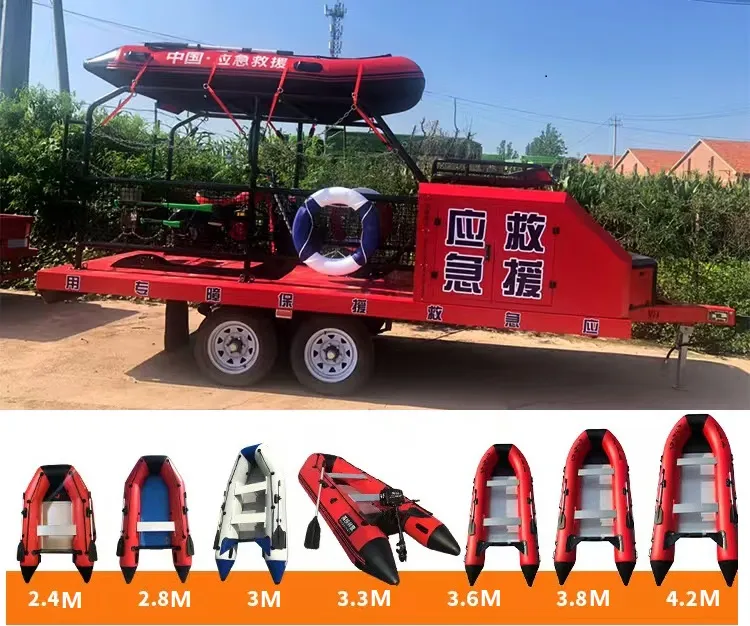

Trust in the functionality and dependability of these pumps is fortified through rigorous testing conducted under simulated fire conditions. This includes pressure tests, performance curve assessments, and durability trials that ensure every pump model can withstand the demands of real-life fire fighting. Certification from authoritative organizations such as UL (Underwriters Laboratories) or FM (Factory Mutual) Global further validates a pump’s compliance with international safety standards. Moreover, proper maintenance and regular inspection schedules are crucial in maximizing the lifespan and reliability of a fire fighting centrifugal pump. Implementing a maintenance routine involves regular lubrication of moving parts, inspection for wear and tear, and ensuring that pump seals and bearings operate smoothly and without leaks. Following the manufacturer’s guidelines on servicing intervals ensures that pumps remain in optimal condition and ready for deployment at a moment's notice. The ecosystem surrounding fire fighting centrifugal pumps continues to evolve, as do the needs of modern infrastructure. Upgrading systems with new models that offer enhanced energy efficiency, reduced noise levels, and improved capability to operate in variable conditions provides a formidable uplift to fire safety strategies. Continued research and innovations in pump technology will undoubtedly shape the future of fire protection systems, ensuring they are more robust, efficient, and capable of meeting the challenges posed by tomorrow’s environmental and structural demands. The field demands constant attention to technological advances and adherence to best practices in equipment deployment and maintenance. Being well-informed about these aspects not only highlights best practices but also sets a standard that aids in the safeguarding of communities against fire hazards, contributing to a safer, more secure environment for all.





















